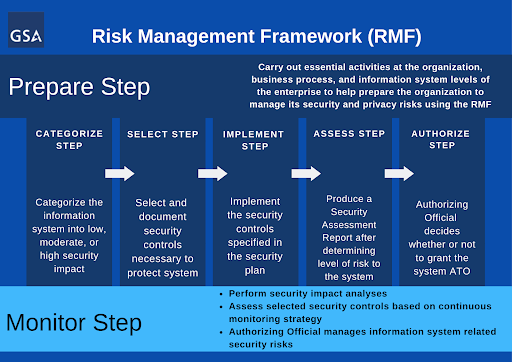The Numbers Are In – Biggest Year on Record for GSA ITC!
In Fiscal Year 2020, the Information Technology Category (ITC) recorded more than $30 billion in business volume across its portfolio. For context, this accounts for nearly a third (33%) of the $89 billion total that was spent on IT across all federal agencies in FY20.
Accordingly, this past fiscal year proved to be a record year in other categories as well:
- IT spending through the Multiple Award Schedule accounted for an impressive $18.1 billion of the $30 Billion total, bolstered by its $12.7 Billion in new obligations. In FY20, MAS IT impressively posted 18% annual growth in new obligations.
- On the Small Business front, ITC accounted for $7.1 Billion in utilization from Government Wide Acquisition Contracts (GWACs), Schedules, and Telecommunications
- ITC issued a single award via its telecommunications branch to the tune of $2.5 Billion, using the Enterprise Infrastructure Service (EIS) Contract. The award was made on behalf of the Department of Health and Human Services, and over the lifetime of the contract, the agency estimates it will save more than $700 million.
- ITC accounted for more than $2 billion in savings and cost avoidance to their customers
FY20 Efforts in Review
The 2020 Fiscal Year drove change through every part of our lives. COVID-19 spurred dramatic change in government work culture and led to rapid technological adaptation across all agencies. A good deal of ITC’s increased business volume can be attributed to agencies transitioning to mobile-friendly technology. However, this unprecedented spending is also due to agencies acknowledging that GSA is a solid partner as they make big IT changes and choices about how to invest. We’re out front and focused when it comes to customer service, agile response to emergency needs, and delivery of mission-enabling and emerging technologies.
In 2020, customer agencies turned to GSA’s schedules program, assisted acquisition services and governmentwide acquisition contracts (GWAC) to fulfill pandemic-driven requirements as well as regular demand for products and services. Our success embodies the trust that federal agencies have put in us and our ability to address elements that our customers most care about:
- Speed of acquisition
- Assistance with mobile-friendly technology adoption
- Technical and market expertise
- Data transparency
- General customer service
Agencies have turned to and relied on us to ensure their mission continuity and transition to a more untethered workforce.
In FY20, ITC launched the Information Technology Acquisition University (ITAU) to make it easier to learn about GSA’s products, IT solutions available through GWACs, MAS, and more. ITAU is a digital training platform for emerging technologies, their acquisition, GSA-specific contract training and more.
Additionally, ITC enhanced the Cloud Information Center, the GSA-curated federal resource hub for all things cloud, continuing to place valuable cloud computing resources in the hands of agencies.
These resources are ways that GSA is meeting the rise in demand for virtual access to our subject matter experts and more online learning platforms.
Looking Forward
In FY21, GSA is doubling down on emerging technologies as the way of the future. The 8(a) STARS III and Polaris government-wide acquisition vehicles will have Artificial Intelligence offerings (Machine Learning, Robotic Process Automation, Natural Language Processing), edge computing and more. As the Cybersecurity Maturity Model Certification (CMMC) effort ramps up and Supply Chain Risk Management (SCRM) principles are emphasized, GSA will continue to prioritize security as a core tenet of acquisitions.
As my Deputy Assistant Commissioner Keith Nakasone likes to remind me, agencies are coming to GSA to leverage our IT expertise and the buying power of the government. They want to know that the products they’re adding to their IT footprint aren’t jeopardizing their networks. To that end, the CMMC level can be designated as needed at the task order requirement level. Large contracts such as the 2nd Generation Information Technology (2GIT) hardware/software Blanket Purchase Agreements, have SCRM built in as a key operational component. Ultimately, GSA understands it plays a crucial role and has a considerable responsibility for an agency’s IT health.
Going into FY22, ITC will continue to provide the tools needed to successfully modernize while prioritizing cost-efficiency, expediency, and security. Leveraging Best In Class (BIC) contracts is one way. Taking advantage of online resources like ITAU and the CIC is another. Give your agency a reason to acquire with confidence — work with GSA for your next IT acquisition.
As always, follow us on Twitter @GSA_ITC and LinkedIn to join our ongoing conversations about government IT.
To get updates for this blog, please sign up on the right-hand side of the page where it says Sign up for Blog Updates.
